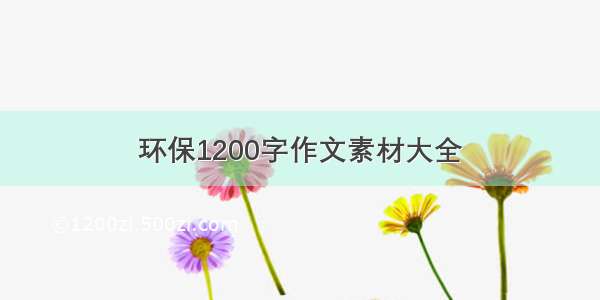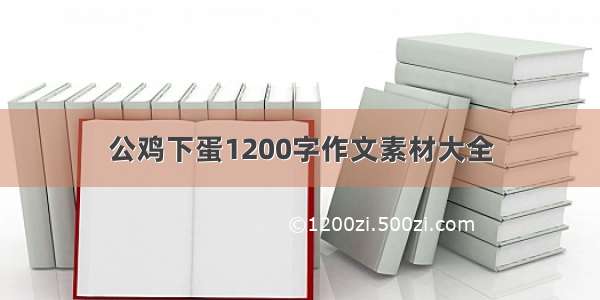
我们在学习js时有学到过如何去动态切换元素的样式,具体有以下步骤:
先获得元素
修改样式。通过className或者style修改
<head><style>.class1 {border: 1px solid black;height: 20px;width: 20px;}</style></head><body><div id='app'></div><button onclick="change()">更改样式</button></body><script>function change() {var app = document.querySelector("#app")app.className = 'class1'app.style = 'color:red'}</script>
用js能达到动态修改样式的效果,但是会有点繁琐不方便,当要动态修改的样式一多就会使代码变得特别冗长,不利于维护。说到这就要请出今天的主角vue大兄弟出来了,没错今天呢就要讲讲vue如何动态绑定class与style。
class动态绑定
为了证明这一方法好用就先改改上面的代码。
<head><style>.class1 {border: 1px solid black;height: 20px;width: 20px;}</style></head><body><div id="app"><div :class="class1"></div><button @click="change">更改样式</button></div></body><script type="text/javascript">var app = new Vue({el: "#app",data: {class1: ''},methods: {change() {this.class1 = 'class1'}},})</script>
vue中通过v-bind(:)动态绑定data属性class1,当点击按钮时便触发change方法将class1的值变换从而改变div的样式。从上面看来比原生js动态改变元素样式的方法方便的多。动态样式的实现其实也能理解成将class看成一个变量,通过改变class的值去动态切换样式。
对class动态绑定有了大概了解后,接下来再深入了解。
添加class
<div class="class1" :class="class2" ></div>
上面代码中有两个class不同的是后一个class增加了v-bind(:),猜想会有人认为class2会将class1的样式进行覆盖,但是因为增加了v-bind而使本应该覆盖的情况转换成了添加,也就是说后面div的样式会呈现出下面这样的效果
<div class="class1 class2" ></div>
添加class数组
如果需要为一个元素添加多个样式可以使用此种方法
<div :class="classNames"> hi,everyone!!</div>data: {classNames: ['class1', 'class2', 'class3']}
使用数组的方法可以很快速的添加或者删除样式。
也可以使用以下这种方法,但是这种方法弊端多,不建议使用只做了解
<div :class="[class1,class2,class3]"> hi,everyone!!</div>
添加class对象
这种方法用于已确定使用的样式,但是现在某种样式不显示或显示
语法
对象名:{样式1:true|false,样式2:true|false}
具体实现
要求样式1显示而样式2不显示
<div :class="objClass"> hi,everyone!!</div>data:{objClass:{class1:true,class2:flase}}
也可以使用以下这种方法,但是这种方法弊端多,不建议使用只做了解
<div :class="{class1:true,class2:flase}"> hi,everyone!!</div>
案例:实现多种样式间的随机切换
<style>.class1 {color: black;}.class2 {color: blue;}.class3 {color: green;}</style></head><body><div id="app"><div :class="className"> hi,everyone!!</div><button @click="change">更改样式</button></div></body><script type="text/javascript">var app = new Vue({el: "#app",data: {className: ''},methods: {change() {let arr = ['class1', 'class2', 'class3']let index = Math.floor(Math.random() * 3)this.className = arr[index]console.log(index)}},computed: {}})</script>
style动态绑定
css中为一个元素添加内联样式一般用
<div style="font-size:40px"></div>
现在我们有需求希望将font-size的值改为动态绑定,因此我们可以使用vue中的style动态绑定,先来改动上面的代码。
<div id="app" :style="{fontSize:fsize+'px'}"new Vue({el:'#app',data:{fsize:30}})
可以看到在vue中将font-size改成了fontSize这是因为vue中命名规则需将以横线命名改为驼峰命名,另外,style中有多个属性所以要以对象的形式包装多个属性,以上style样式也可以写成这样
data:{style:{fontSize:'30px',color:'blue'}}
style对象写法
对象中的属性必须是css包含有的属性,只需更改成vue认可的命名规则即可,如:fontSize(font-size)、backgroundColor(background-color)
<body><div id="app" :style="style">head,yes</div><script>new Vue({el: '#app',data: {style: {backgroundColor: 'green',color: 'red',width: '40px',height: '100px'}}})</script></body>
style数组的写法
<body><div id="app" ><div :style="[style,style1,style2]">head,yes<div>//数组格式方法一<div :style="styleArr">head</div>//数组格式方法二</div><script>new Vue({el: '#app',data: {style: {backgroundColor: 'green', height: '100px'},style1:{color: 'red'},style2:{width: '40px'},styleArr:[{color: 'red'},{width: '40px'}]}})</script></body>














